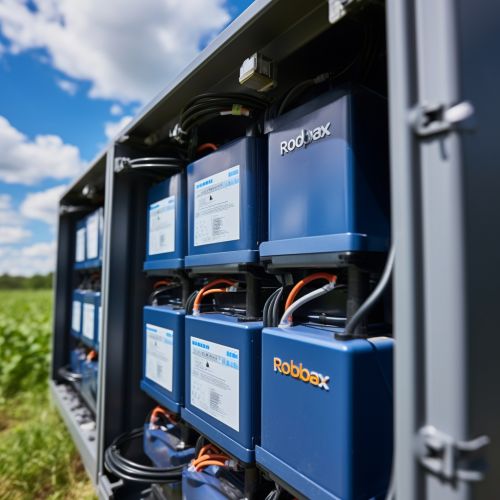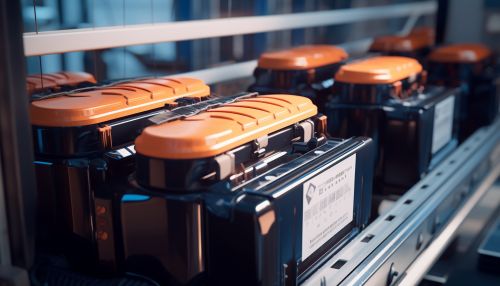The Chemistry of Redox Flow Batteries for Energy Storage
Introduction
Redox flow batteries (RFBs) are a type of electrochemical energy storage system that has gained significant attention in recent years due to their potential for large-scale, inexpensive energy storage. These batteries store energy in the form of chemical compounds that are dissolved in liquids contained within the system and separated by a membrane. The energy is released by an electrochemical reaction that converts the stored chemical energy into electrical energy.
Principle of Operation
The operation of a redox flow battery involves two key processes: charging and discharging. During charging, an external power source is used to drive an electrochemical reaction that stores energy in the form of chemical potential. This process involves the reduction (gain of electrons) of a chemical species at one electrode and the oxidation (loss of electrons) of a different chemical species at the other electrode. These reactions are reversed during discharging, where the stored chemical energy is converted back into electrical energy.
Chemistry of Redox Flow Batteries
The chemistry of redox flow batteries is complex and involves a variety of chemical species and reactions. The most common type of redox flow battery, the vanadium redox flow battery, uses vanadium ions in different oxidation states as the active species. Other types of redox flow batteries use different active species, such as iron, chromium, zinc, and bromine.
Types of Redox Flow Batteries
There are several types of redox flow batteries, each with its own unique chemistry and characteristics. These include the vanadium redox flow battery, the iron-chromium flow battery, the zinc-bromine flow battery, and the all-organic redox flow battery.
Applications of Redox Flow Batteries
Redox flow batteries have a wide range of applications, from grid-scale energy storage to backup power systems. Their ability to store large amounts of energy and their long cycle life make them ideal for use in renewable energy systems, where they can store excess energy generated during periods of high production (such as during the day for solar power systems) and release it during periods of low production (such as at night or during periods of low wind for wind power systems).
Advantages and Disadvantages
Like all energy storage systems, redox flow batteries have both advantages and disadvantages. Their main advantages include their ability to store large amounts of energy, their long cycle life, and their ability to be scaled up to large sizes. However, they also have some disadvantages, such as their relatively low energy density and the complexity of their design and operation.
Future Perspectives
The future of redox flow batteries looks promising, with ongoing research and development aimed at improving their performance and reducing their cost. Potential areas of improvement include the development of new active species and electrolytes, improvements in membrane technology, and advances in system design and control.
See Also
- Electrochemical Energy Storage
- Vanadium Redox Flow Battery
- Iron-Chromium Flow Battery
- Zinc-Bromine Flow Battery
- All-Organic Redox Flow Battery


